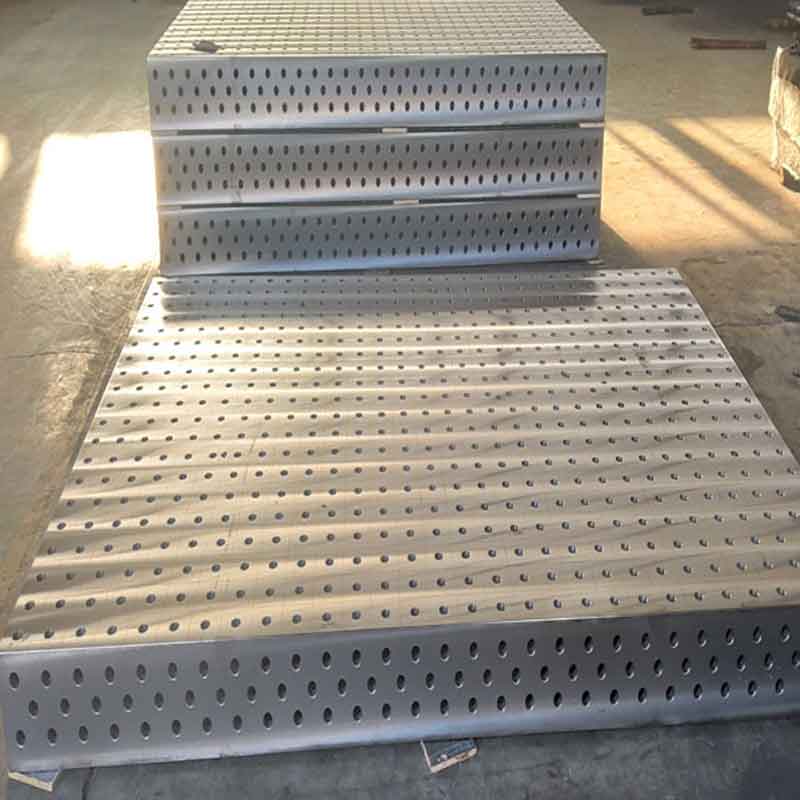When welding, a reasonable fixture structure is conducive to the rational arrangement of assembly line production, which facilitates the balance of station time and reduces non-production time. For enterprises with multiple types, if shared or mixed fixtures can be scientifically considered, it will also be helpful to build mixed assembly lines and improve production efficiency.
1. Advantages of welding fixtures:
1. Product performance is stable: with continuous use, it can work continuously for more than 20 hours a day without any failures and without any maintenance.
2. Adjustable magnetic penetration depth: It can fully meet the requirements of thin plate welding. Even when welding thin plates below 3mm, by reasonably selecting the magnetic penetration depth, there will be no arcing phenomenon during welding.
3. Easy to operate: Simply press a button, and the workpiece can be clamped or released in 0.3 seconds, which can greatly improve production efficiency.
4. Energy saving is obvious: the electric permanent magnet welding fixture only uses electricity for the instant of charging and demagnetization, and uses rare earth strong magnets to work in the rest of the working process, which does not require any energy; there is no heating problem in the internal coil of the electric permanent magnet welding fixture, eliminating the need for Without maintenance, it can be said to be close to zero cost operation.
5. Reliable: After the electro-permanent magnet welding fixture is magnetized, it is completely disconnected from the main circuit. This ensures that the operator is not concerned when using it. Second, if the power grid suddenly cuts off, the sucked workpiece will not fall off.

2. Characteristics of welding fixture process:
1. Welding materials are mainly cold-rolled steel plates of low carbon steel, galvanized steel plates, and a small amount of hot-rolled steel plates. They have good weldability and are suitable for most welding methods, but because they are thin plate parts, they have poor rigidity and are easy to deform. Structurally, most of the welded parts are stamped parts with spatial curved surfaces, with complex shapes and structures. Some stamping parts with deep cavities have rebound deformation in addition to deformation caused by poor rigidity.
2. Welding methods mainly include carbon dioxide gas shielded welding and resistance welding. Carbon dioxide gas shielded welding has a wide range of applications, and the requirements for the fixture structure are not very strict. Resistance welding has strict requirements on fixtures, especially multi-spot welding, reaction welding and robot spot welding. Since welding is mainly resistance welding, this article will discuss the design of resistance welding fixtures.



